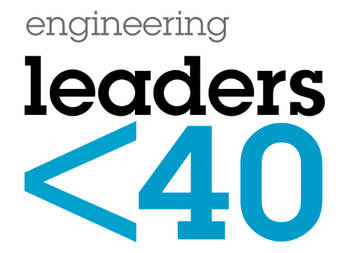Using active load management allows users to cut energy costs by reducing the number or types of loads connected to the source of power or by shifting the energy consumption to a lower cost time period.
Reduced energy costs are accomplished in a variety of ways. One solution is supply side management, which reduces costs through utility rate structure optimization, load aggregation, penalty avoidance and bill verification. These methods do not reduce energy consumption but, instead, ensure that energy is consumed using the provider’s lowest cost of energy.
The second technique modifies the process to consume energy more efficiently. Methods include using adjustable frequency drives instead of using valves or dampers; using higher efficiency motors, pumps, transformers or changing process configurations such as using new boiler control algorithms; maintaining a compressed air leak management program; capturing and reusing waste heat; or improving vessel or building insulation.
A third energy reduction cost technique uses measurement systems to track production of a process, measure the ratio of production quantity to energy consumption and trend this ratio as a process efficiency and compare this value to best case efficiency benchmarks. As is done with statistical process control and statistical quality control, deviations from baseline identify when process efficiencies are declining.
Active load management
Using active load management allows users to cut energy costs by reducing the number or types of loads connected to the source of power or by shifting the energy consumption to a lower cost time period. Active load management seldom makes sense unless the total costs associated with reducing or shifting loads to another time period are more than offset by savings from a reduction in energy cost from that load change.
Reducing load almost always implies reducing output, at least for a certain time window, but it also can involve shifting the energy use to a more advantageous time – a time when energy costs are lower. A well thought out return on investment analysis on a load shed/load shifting system includes not only those reduced energy costs, but must include costs associated with installation of any equipment to perform the load reduction, including the new costs associated with maintenance of the system after this new load management is implemented. You may find that the increased maintenance costs for the new load reduction system are more than offset by the lower maintenance costs associated with the less frequently or less heavily loaded equipment, resulting in longer life of the equipment. Longer equipment life lowers long term capital requirements to operate a process.
Examples of active load management are practically endless, but include:
• Building work-in-process inventory or batches during times other than when a new peak demand would have been established
• Performing pre-heating, pre-filling, pre-loading, pre-processing, pre-cooling or some other preparatory step outside of when a new peak demand would be established
• Using logic or enforced procedures to prevent simultaneous starting or restarting of machinery, or operation of equipment during certain times of the day, days of the week, seasons of the year or when facility load is above certain preset limits; restarting equipment at the end of breaks or lunch periods can cause spikes in demand
• Reducing production rate, or changing to a less energy intensive operating mode during times of high energy cost or peak demand periods
• Installing or programming a load shed system to disable lower priority loads during times of high energy cost
• Using sine-wave form-shaping technology to reduce energy consumed from fluorescent lighting without appreciably reducing light output
• Switching loads over to alternative, renewable, energy storage systems or other non-utility backup power sources
• Outsourcing energy intensive portions of the manufacturing process to outside vendors.
Energy saved through active load reduction will not only reduce your energy bill, but that energy can be contracted to be sold back to the energy provider as part of a demand response program. Receipt of an annual payment from your energy provider comes once you agree and are qualified to shed the contracted power, regardless of whether the energy provider calls for a load shed that year or not.
A key feature of any load shed system is the ability to know when to reduce energy. Such a system must accurately measure present consumption, convert this to a cost and provide you with pre-programmed, predictive "what-if" models that will allow you to make the decision whether to shed and how much to shed. Load management is justified when the savings of predicted energy usage more than exceeds the consequence of shedding that load.
Dave Loucks is a solution manager for Eaton Corp. He has more than 30 years of experience in electrical distribution systems design.



